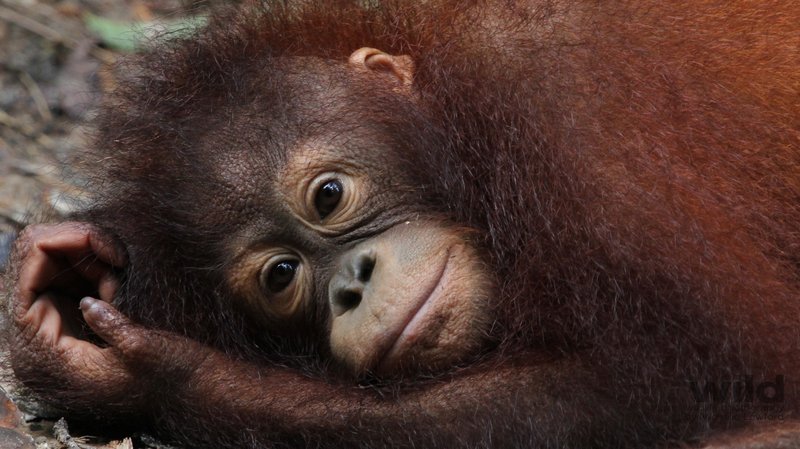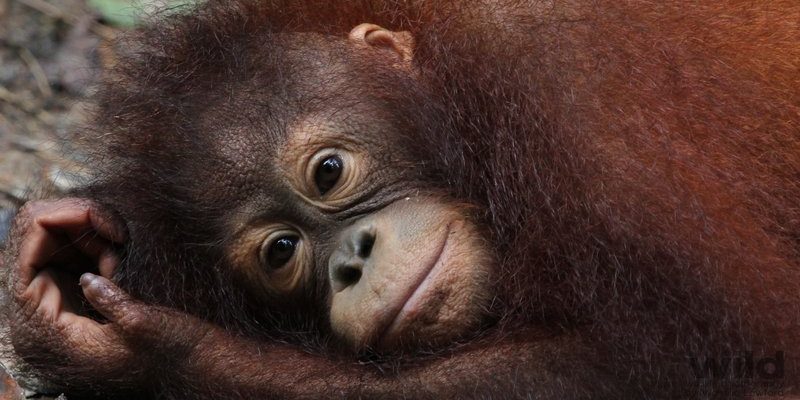
Imagine a mother orangutan as a single parent in a bustling forest. She’s got a lot on her plate—finding food, building nests, and keeping her baby safe from predators. It’s a tough job, but she’s got a unique toolkit of skills, and her bond with her child is everything. Let’s dive deeper and explore how orangutans raise their young in the wild.
The Importance of Maternal Bonds
In the orangutan world, the bond between mother and child is essential. Orangutans are known for having strong maternal instincts, which play a crucial role in their offspring’s survival. Once a baby is born, the mother becomes its lifeline. She carries it around for the first two years, cradling it close while navigating the treetops.
This close contact is vital for development. The little one learns about their environment directly from mom. They observe how she finds food, builds nests, and interacts with others. Through this hands-on experience, the baby orangutan picks up essential survival skills. It’s a lot like a child watching their parent cook—a blend of curiosity and learning that shapes their future.
As they grow, the bond only strengthens. Mother orangutans often stay with their young for up to eight years. During this time, they teach not just how to gather food but also how to social interactions work in their lush, green world. You might be wondering, why so long? The truth is, it takes time for these complex skills to fully develop.
Feeding and Nutrition
What do baby orangutans eat? The early diet is all about their mother’s milk, which provides vital nutrients. As they mature, they slowly transition to solid food. Here’s the thing: orangutans have diets mainly consisting of fruits, leaves, and occasionally insects. Mothers introduce their little ones to various food sources, teaching them what’s safe to eat and where to find it.
Think of it like a culinary school in the jungle. A mother isn’t just handing over food; instead, she’s showing her baby the ropes. They might spend hours searching for the perfect durian or savoring juicy mangosteens. Through observation and imitation, the young ones learn to identify and harvest these fruits themselves.
Moreover, this knowledge isn’t just about filling their bellies. It’s about survival. A well-fed orangutan is a strong orangutan, equipped to face challenges in the wild. Mother orangutans instill this crucial lesson early on, ensuring their young grow into self-sufficient adults.
Nesting Habits
Building a nest might sound like an uninteresting habit, but for orangutans, it’s a vital part of their daily routine. Each night, a mother will create a comfortable nest in the branches of a tree, often using leaves and branches to keep her baby safe and cozy. It’s like putting your child to bed with their favorite blanket, ensuring they’re warm and protected.
As they grow up, young orangutans often help their mothers gather materials for the nest. They’ll mimic the actions, learning how to make one themselves. This isn’t just play; it’s essential training for when they eventually leave their mother’s side. Building a sturdy nest is a skill that can protect them from rain and predators alike.
Nesting habits can vary depending on the environment. In thicker forests, nests might be more elaborate. In contrast, in areas with fewer resources, they can be simpler. Each nest tells a story about the habitat and the orangutan’s adaptability, showcasing the importance of their surroundings in nurturing their young.
Social Learning
Orangutans are often seen as solitary creatures, but they do engage in social learning. Young orangutans watch their mothers interact with other orangutans, learning vital social cues along the way. These moments might seem mundane, but they’re filled with lessons about behavior, communication, and relationships.
You might not think about it, but social dynamics are crucial for life in the wild. A baby orangutan learns when to be friendly, when to avoid confrontation, and how to navigate the complex web of relationships in their environment. It’s a bit like how kids learn to get along with their peers through observation and playdates.
Interestingly, younger orangutans also have the chance to observe other species, including humans. Their adaptability allows them to learn from different situations, enriching their own knowledge and skills in the process.
Challenges in Parenting
Orangutan parenting isn’t without its challenges. One major hurdle is the loss of habitat due to logging and agriculture. As forests shrink, mothers must travel further to find food, putting their young at risk. It’s a bit like being a parent in a bustling city, trying to find the best schools while navigating crowded streets.
Predators also pose a threat. Young orangutans can be vulnerable to birds of prey and other animals. Mothers must always be on high alert, ensuring their little ones stay safe while also teaching them how to recognize danger. They balance vigilance with the need to teach their young to be independent.
Furthermore, the emotional weight of parenting isn’t ignored. Just like human parents, mother orangutans experience stress, especially when resources are limited. This emotional state can affect how they interact with their offspring, illustrating just how interconnected parenting challenges can be across species.
The way orangutans raise their young is more than just instinct; it reflects a deep commitment to nurturing and teaching. Each mother not only cares for her baby but also shapes the future of the species by passing on knowledge, skills, and social values.
As human activities increasingly threaten their habitats, the perseverance of these mothers becomes even more vital. By understanding how they raise their young, we gain insight into their needs, ultimately guiding conservation efforts. Let’s cherish these magnificent beings and their incredible journey of parenthood, ensuring that future generations can witness the beauty of orangutans in the wild.

